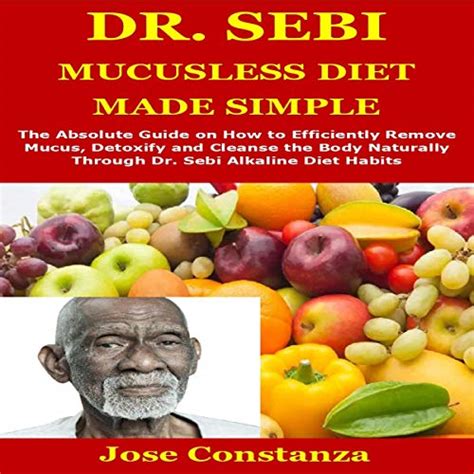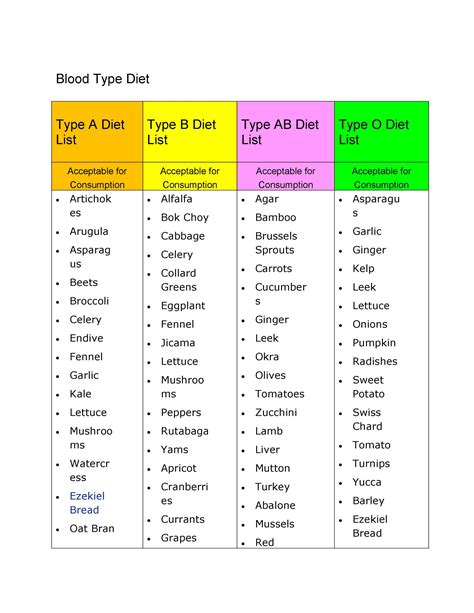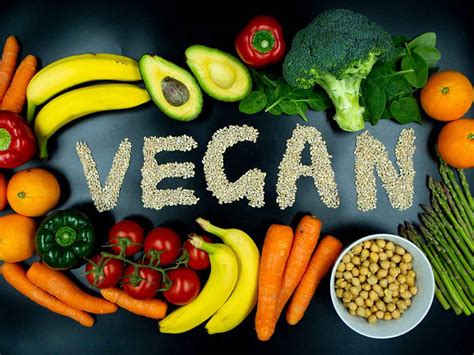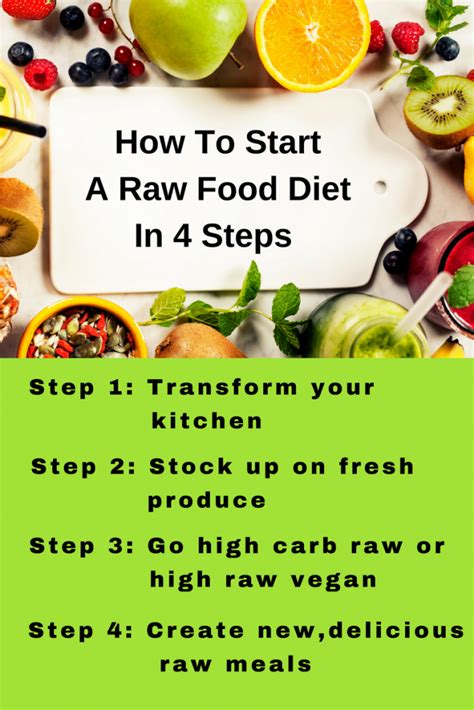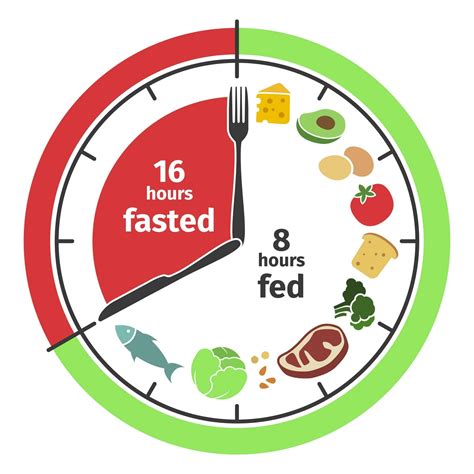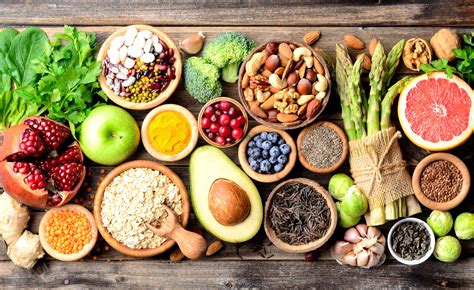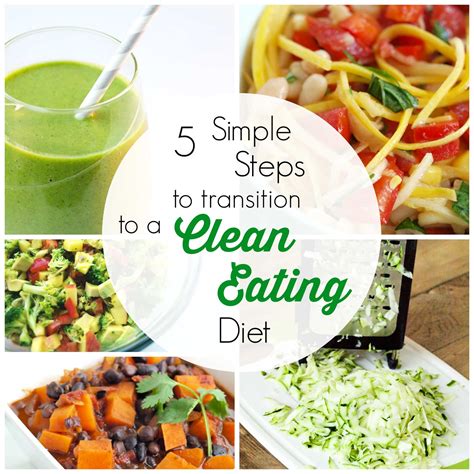Discover the benefits of a mucusless diet, tips for transitioning, and foods to include. Maintain a healthy lifestyle with these valuable insights.
Understanding Mucusless Diet
Contents
The mucusless diet is a nutritional plan that focuses on eating foods that do not create mucus in the body. This diet is based on the belief that mucus-forming foods can lead to health issues, and that eliminating these foods can lead to better health and improved well-being.
Proponents of the mucusless diet claim that it can help to improve digestion, boost energy levels, and support overall health. According to this diet, mucus-forming foods include meat, dairy, and processed foods, while alkaline foods such as fruits, vegetables, and whole grains are encouraged.
Adopting a mucusless diet involves eliminating mucus-forming foods from your regular diet and replacing them with alkaline alternatives. It is important to note that this diet is not a quick fix, but rather a lifestyle change that requires dedication and commitment.
While research on the mucusless diet is limited, some people have reported experiencing benefits such as improved digestion, increased energy, and better overall health after adopting this approach to eating.
Benefits of Mucusless Diet
One of the benefits of following a mucusless diet is that it helps in detoxifying the body and improving overall health. By consuming alkaline-forming foods such as fresh fruits and vegetables, and eliminating mucus-forming foods such as dairy and processed foods, the body is able to rid itself of toxins and impurities.
Another advantage of a mucusless diet is that it can aid in weight management. The emphasis on whole, natural foods helps in regulating metabolism and promoting a healthy weight. This can also lead to increased energy levels and a greater sense of well-being.
Additionally, a mucusless diet is known to be beneficial for improving digestive health. The consumption of high-fiber foods and the exclusion of mucus-forming substances can help improve overall digestion and reduce symptoms such as bloating and constipation.
Following a mucusless diet can also have positive effects on skin health. Many individuals who adopt this eating plan find that their skin becomes clearer and more radiant as a result of eliminating mucus-forming foods and increasing their intake of fresh, nutrient-dense foods.
Overall, the benefits of a mucusless diet are immense, ranging from detoxification and weight management to improved digestion and skin health. By making conscious choices to consume foods that do not produce excess mucus in the body, individuals can experience a wide array of health benefits.
Transitioning into Mucusless Diet
Transitioning into a Mucusless Diet can be a daunting task for many, especially if you have been used to a diet that includes mucus-forming foods. However, with the right approach and mindset, it is definitely achievable and can bring about numerous health benefits.
First and foremost, it’s important to gradually reduce the intake of mucus-forming foods such as dairy, meat, refined grains, and processed foods. By slowly eliminating these from your diet, you give your body the chance to adjust and you are less likely to experience any significant withdrawal symptoms.
One of the key aspects of transitioning into a Mucusless Diet is to focus on incorporating more alkaline and hydrating foods into your meals. This includes a variety of fresh fruits, vegetables, nuts, seeds, and sprouts. These foods are not only nourishing for the body but also help in cleansing and detoxifying, making the transition smoother.
It can also be beneficial to educate yourself about the Mucusless Diet and the principles behind it. Understanding the reasons for the diet and how it works can provide you with the motivation and knowledge to make the necessary changes in your eating habits.
Lastly, seeking support from like-minded individuals or joining a community of individuals who are also transitioning into a Mucusless Diet can be extremely helpful. Sharing experiences, tips, and recipes with others can make the journey more enjoyable and sustainable.
Foods to Include in Mucusless Diet
When following a mucusless diet, it’s important to focus on consuming foods that are alkaline and mucus-free. These types of foods are considered to be more natural for the body to digest and utilize, allowing for better overall health and vitality.
One key group of foods to include in a mucusless diet are fresh fruits. This includes options such as apples, bananas, berries, and citrus fruits. These choices are packed with essential vitamins and minerals, while also aiding in the elimination of mucus from the body.
Another important category of foods to incorporate are vegetables. Dark, leafy greens like spinach and kale are rich in nutrients and help to alkalize the body. Additionally, cruciferous vegetables such as broccoli and Brussels sprouts are great options for aiding in detoxification.
Whole grains are also an essential part of a mucusless diet. Foods like quinoa, brown rice, and oats provide lasting energy and essential nutrients without producing excessive mucus in the body. These options are great for maintaining stable blood sugar levels and supporting the digestive system.
Legumes and nuts are great sources of protein and healthy fats that can be included in a mucusless diet. Beans, lentils, and almonds are excellent choices to help the body thrive while avoiding mucus production.
Tips for Maintaining Mucusless Diet
Tips for Maintaining Mucusless Diet
Maintaining a mucusless diet can be challenging at times, but it is essential for overall health and well-being. Here are some tips to help you stay on track with your mucusless diet:
1. Plan Your Meals
Take the time to plan your meals in advance. This will help you ensure that you have the necessary ingredients on hand and can avoid the temptation of reaching for non-mucusless foods when you’re hungry.
2. Stock Up on Mucusless Foods
Keep your kitchen stocked with a variety of mucusless foods, such as fruits, vegetables, nuts, seeds, and whole grains. Having these healthy options readily available will make it easier for you to stick to your mucusless diet.
3. Stay Hydrated
Drinking plenty of water is essential for maintaining a mucusless diet. Water helps to flush toxins from your body and keep your system running smoothly.
4. Be Mindful of Your Eating Habits
Paying attention to your eating habits and being mindful of what you put into your body is crucial for maintaining a mucusless diet. Avoid mindless snacking and emotional eating, and instead focus on nourishing your body with nutrient-dense foods.

